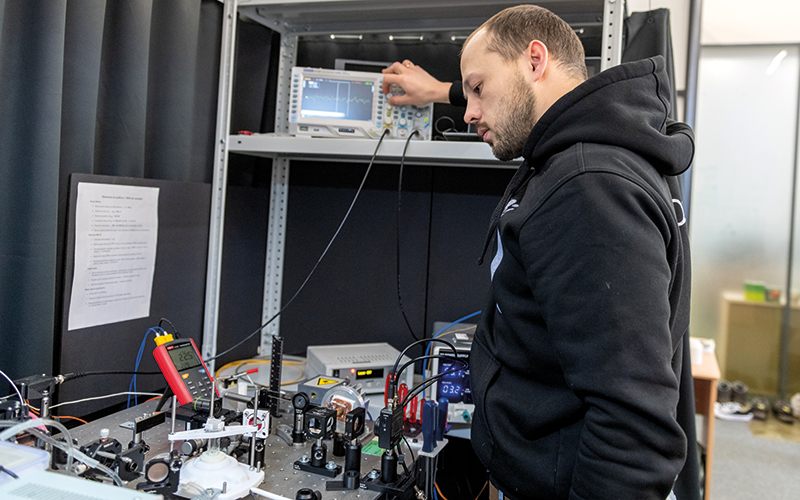Scientists have come one step closer to a working optoacoustic endoscopic probe: a device that can slip inside blood vessels to analyse atherosclerotic plaques by shining laser light on them to make them wobble and betray their chemical structure with an ultrasound signature.

Optoacoustic imaging is a promising diagnostic technique that could find applications in a range of screening tasks. Unlike a CT scan, optoacoustic sensing does not use harmful radiation, instead relying on visible light and sound signals.
In this case, the probe is made of an optical fibre that transmits laser pulses and carries a membrane serving as a tiny microphone on its tip. There are two lasers: pulses from the first one are supposed to arrive at the tip of the probe, pass freely through the membrane, and excite the biomarker. Once it emits acoustic waves, they are picked up by the membrane, and a second laser reads out the signal from the membrane.
Researchers used a 100-nanometre film of carbon nanotubes as the membrane. To enable signal readout from the membrane via laser light, they deposited a so-called Bragg mirror of titanium dioxide and silicon dioxide on the nanotube layer. As the mirror oscillates, this then modulates the laser signal.
Image credit | Timur-Sabirov
